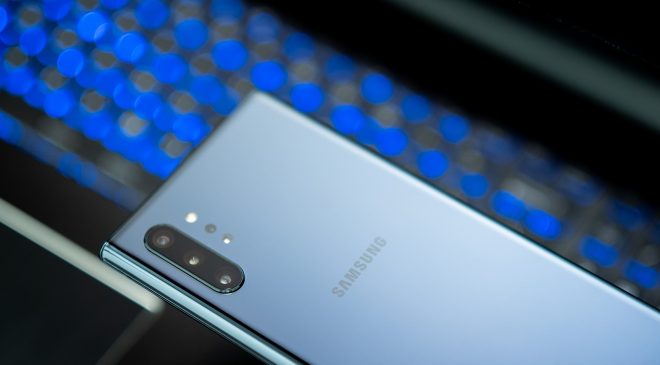
Despite COVID-19 resurgence in 2Q21.
The Philippines smartphone market grew 22.6 per cent year-on-year in 2Q21, according to the International Data Corporation’s (IDC) Quarterly Mobile Phone Tracker. This was the fourth consecutive quarter of year-on-year growth.
“Despite supply concerns, vendors are now in a better position of managing their supplies a year after the pandemic began. The market sustained its growth due to the rising need among consumers for mobile devices especially during these times,” says Angela Jenny Medez, Client Devices Market Analyst at IDC Philippines.
“5G shipments accounted for more than 10 per cent of total shipments, growing by 56.1 per cent compared to the previous quarter. as prices declined by 41.5 per cent quarterly to US$470 due to the aggressive pricing among Chinese vendors. Feature phone and 3G smartphone shipments continued to dwindle, reflecting the willingness of Filipinos to spend more for better functionality as well as the successful 4G LTE campaigns by Telcos,” she added.
Philippines Top 5 Smartphone Company Highlights
realme accounted for 24.4 per cent of the total market, clinching the top spot for two consecutive quarters. Its ultra-low-end (<US$100) segment grew by 140 per cent QoQ, driven solely by the C11 (2021), making up 28.3 per cent of realme’s total shipments. The launch of the Realme 8 series increased its mid-range (US$200<US$400) prices by 9.5 per cent.
vivo made a comeback in the Top 5, securing the second spot by doubling its shipments as it brought in more units in the ultra-low-end (<US$100) and low-end (US$100<US$200) segments, driven by the Y1s and its new model Y12s set to replace its long-time hero model Y11.
Xiaomi propelled to the third spot by expanding further on its already massive online channels as well as its increased focus in the mid-range (US$200<US$400) segment. It brought in affordable 5G models by launching the Note 10 5G series, lowering its mid-range model prices by 14.3 per cent.
Samsung took the fourth spot by launching several A series models and increasing shipments in the ultra-low-end (<US$100) segment. It grew by almost threefold in this segment compared to the previous quarter, accounting for 27.3 per cent of total shipments.
Despite its shipments contracting by 14.5 per cent compared to the previous quarter, OPPO secured the fifth spot by dropping its prices across almost all models and launching its A54 model, which accounted for more than one-fourth of its total shipments.
“As new COVID-19 variants continued to dampen the recovery of the country and forced the reinstatement of lockdowns, vendors pre-emptively brought in more entry level smartphones and cut down on prices as more people are buying cheaper phones. This dragged overall prices down to US$186 in comparison to the US$199 from previous quarter, as vendors pushed unit sales at the cost of lower margins,” says Medez.
“As uncertainty around the COVID-19 looms, we are anticipating smartphone vendors to bring in more models in the ultra-low-end (<US$100) segment to keep prices affordable despite rising component prices in order to push sales as consumers cut back on spending,” she added.




